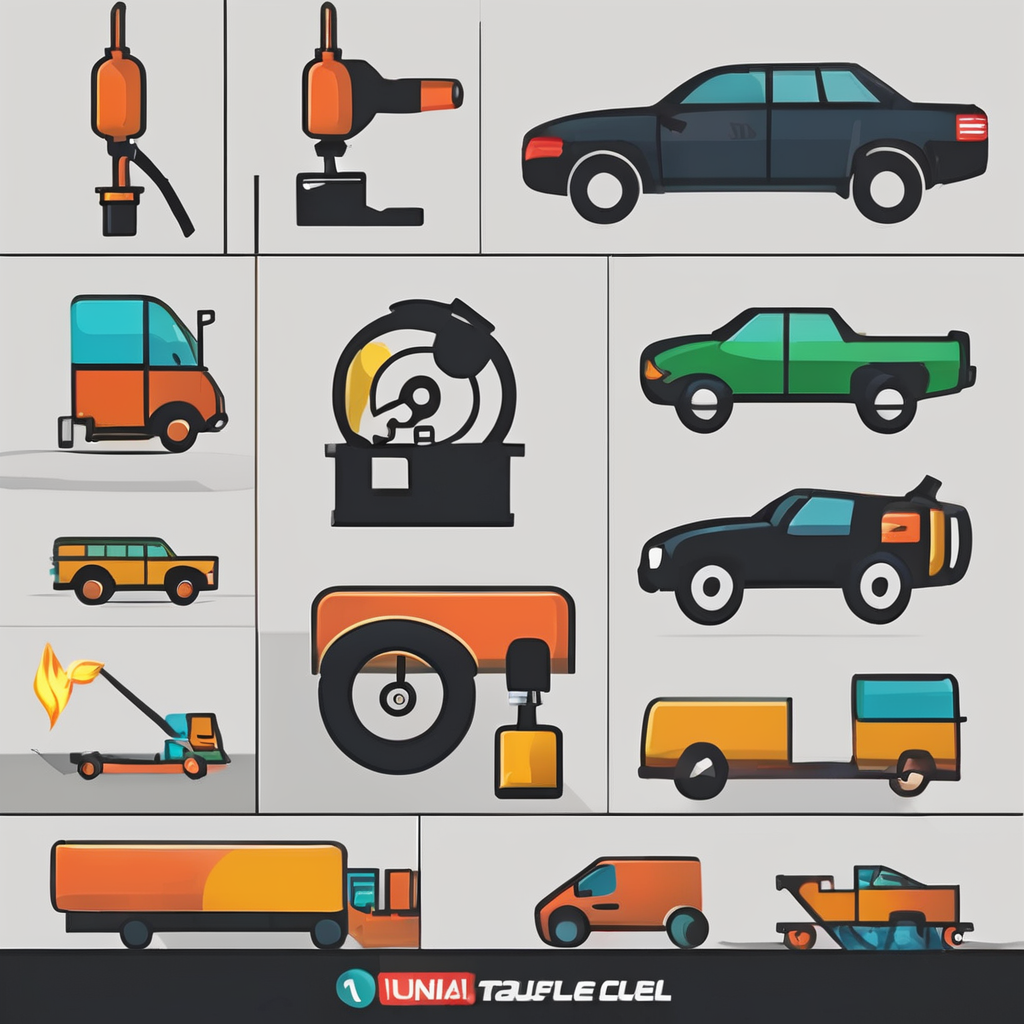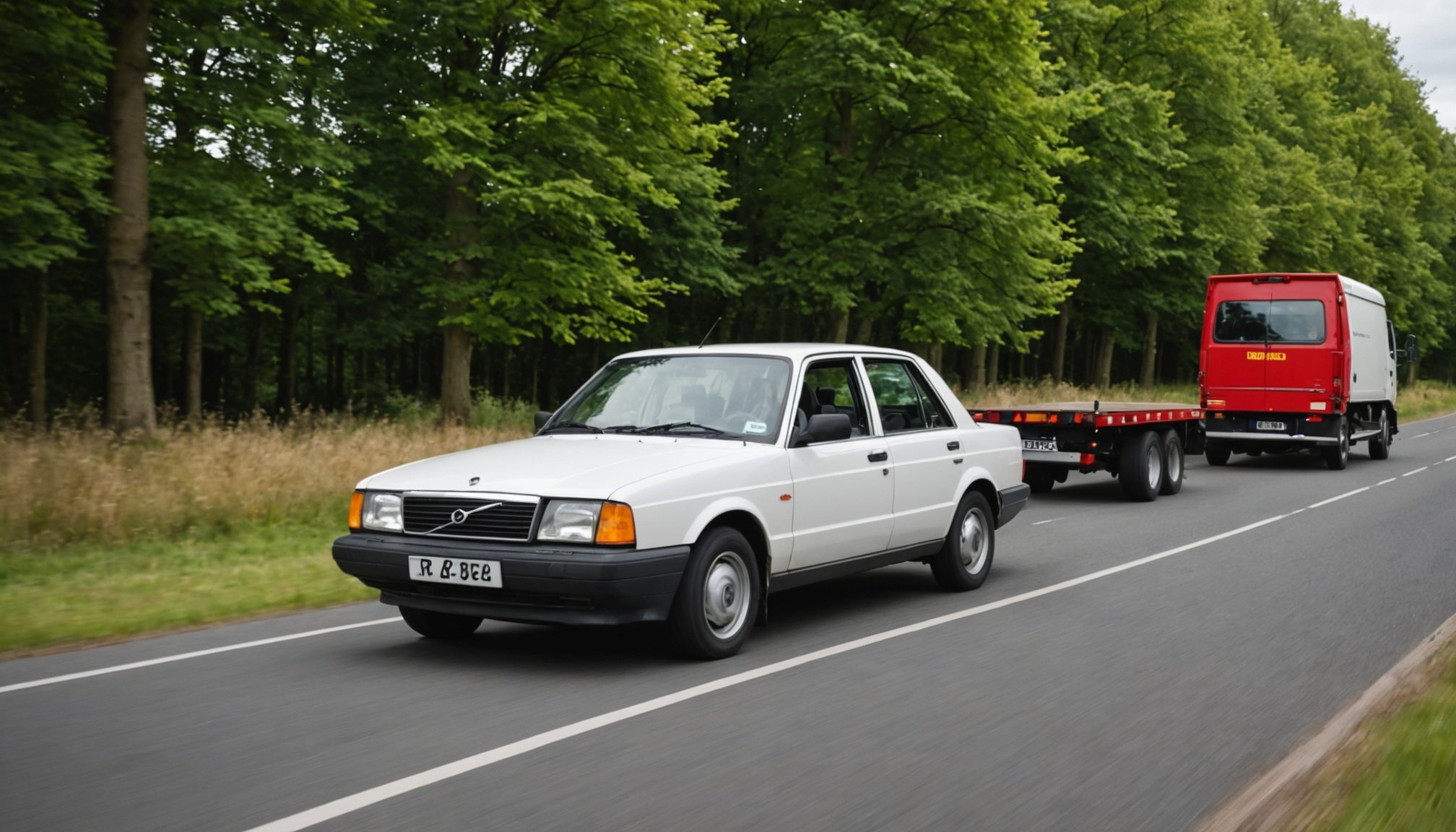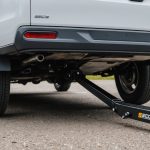Understanding Towing Capacity
Towing capacity is crucial for safe and efficient towing, referring to the maximum weight a vehicle can safely tow. Understanding your vehicle’s specifications is vital, especially when planning to tow. Different factors influence towing capacity, including the engine size, transmission, and axle ratings. Consult these to ensure that the vehicle can handle its intended load.
Manufacturers usually provide detailed specifications about the towing capacity. Always rely on this data, as it is tailored specifically to your vehicle’s design. UK regulations also stipulate that this capacity should not be exceeded to ensure safety and legality.
In the same genre : Ultimate guide to winter-proofing your diesel engine for uk vehicles
Several aspects can affect a vehicle’s towing capacity:
- Vehicle weight: The vehicle’s own weight impacts the overall load it can tow.
- Type of hitch: Different hitches have varying weight ratings.
- Braking systems: Trailers equipped with brakes can sometimes increase the capacity.
Inadequate adherence to these specifications can affect not only safety but also legal compliance. Weight plays a fundamental role, making the understanding of towing capacity a top priority for anyone considering towing. Hence, consulting the vehicle’s specifications is a non-negotiable step in planning your towing activity.
In the same genre : Mastering road rage on uk motorways: essential tips for staying calm and safe
UK Towing Regulations Overview
Navigating UK towing laws is essential for maintaining safety and legal compliance. These regulations are designed to ensure that vehicles operate within safe limits, preventing accidents and damage. Key rules include adhering to specific towing capacities, ensuring that trailers have the appropriate lighting and reflectors, and maintaining a safe speed limit, generally not exceeding 60 mph on motorways and dual carriageways.
Before taking to the road, it’s crucial to gather the necessary documentation and licenses. Drivers must possess a full driving licence, and depending on when the licence was obtained, additional certification such as the B+E entitlement may be required. Make sure your vehicle insurance covers towing activities.
Failure to comply with towing laws can lead to severe consequences. Penalties may include fines, points on your licence, or even legal action. Additionally, towing without compliance can nullify insurance, resulting in financial liabilities in case of incidents. Regularly updating your towing knowledge ensures you remain within legal boundaries and enhances overall safety on the roads. Always stay informed about any changes to these laws for a safe and lawful towing experience.
Vehicle Compatibility for Towing
Understanding vehicle compatibility is crucial when planning to tow safely and efficiently. A mismatch between your vehicle’s capabilities and the trailer requirements can lead to unsafe towing conditions. Here’s how to assess compatibility and choose the right equipment.
Assessing Vehicle Specifications
Firstly, inspect your vehicle’s specifications to determine what it can safely tow. Key factors include the engine power, transmission type, and weight ratings like Gross Vehicle Weight (GVW) and Gross Train Weight (GTW). These specs are fundamental to ensuring that your vehicle isn’t overloaded.
Choosing the Right Tow Bar
Selecting the appropriate tow bar plays an essential role in towing safety. Tow bars come in various classes, each suited to different weight ratings. Assess the load you intend to haul and choose a tow bar that aligns with your vehicle’s rating.
Matching Tow Vehicle with Trailer
Properly matching your tow vehicle with a trailer is more than just weight compatibility. Consider axle configurations, braking systems, and hitch types. Matching correctly enhances stability and control while driving. By focusing on these aspects, you ensure your towing setup is not only legal but also safe and efficient.
Load Limits and Weight Distribution
Understanding load limits and proper weight distribution is paramount for towing safety. Key figures include the Gross Vehicle Weight (GVW) and Gross Train Weight (GTW). GVW refers to the total weight of the vehicle when fully loaded, whereas GTW combines the vehicle and the trailer’s weight. It’s crucial to ensure these limits are never exceeded, as surpassing them can compromise both safety and performance.
Proper distribution of weight is vital. An evenly balanced load helps maintain control and stability during towing. It’s advised to place about 60% of the load towards the front of the trailer and 40% towards the back. This distribution prevents swaying and fishtailing, which can occur if the weight is disproportionate.
Improper weight loading can negatively affect vehicle handling, braking distances, and overall safety. Overloading can strain the engine and braking system, leading to potential failures. Ensuring the load is securely fastened is also critical to ward off potential hazards while on the road.
To guarantee safety, vehicle operators should routinely check and adhere to specified load limits, using these principles to guide their towing activities responsibly.
Safety Measures for Towing
Ensuring towing safety involves fundamental best practices and robust risk management strategies. Begin with essential safety checks before embarking on your journey. Verify that your hitch and couplings are securely fastened and that your lights and indicators function correctly. Inspect the tyres on both your vehicle and the trailer for any signs of wear or damage.
When driving with a trailer, adapt your driving style to ensure safety. Maintain ample distance from other vehicles to provide extra stopping time. Avoid sudden movements and harsh braking, which may lead to trailer instability. Gradually accelerate and decelerate to keep control.
It’s also wise to establish emergency protocols. Prepare for potential breakdowns by carrying emergency supplies, including reflective warning triangles and a spare tyre. Know how to detach your trailer safely in case of emergencies.
These measures mitigate risks associated with towing and enhance overall road safety. By adhering to these practices, you’re not just ensuring compliance but are actively maintaining a safer driving environment for yourself and others. Practising vigilance and preparedness is your best defence against unforeseen situations while towing.
Enhancing Towing Potential
Exploring towing enhancements can significantly boost your vehicle’s towing capabilities. If you’re considering improving your towing performance, there are several performance upgrades and accessories to consider.
Performance Modification Options
Upgrading your vehicle’s suspension and brake systems can handle heavier loads more efficiently. Consider installing a transmission cooler to prevent overheating. These modifications enhance stability, allowing for smoother towing experiences.
Towing Accessories and Extras
Invest in towing accessories like weight distribution hitches or sway control bars. These tools improve vehicle control and enhance safety by distributing weight evenly across the towing setup. Mirror extensions also enhance visibility, crucial for manoeuvring large trailers.
Regular Maintenance for Towing Efficiency
Regular vehicle maintenance is vital for safe and efficient towing. Check tyre pressure, brake function, and fluid levels routinely to ensure optimal performance. Maintaining your vehicle extends its lifespan and keeps towing operations smooth and stress-free.
By focusing on enhancements and consistent maintenance, you can maximise your towing potential, ensuring both safety and efficiency. Upgrades not only contribute to better vehicle performance but also elevate your towing experiences, allowing you to tow with increased confidence and security.
Compliance Checklists and Resources
Navigating the complexities of towing regulations can be challenging, but a structured towing compliance checklist can simplify this task. This checklist helps ensure that you are well-prepared and legally compliant before every towing venture.
First, keep a list of official guidelines readily accessible, including current UK government resources on towing regulations. Regularly reviewing these documents ensures you stay updated on any changes to the rules. Always begin your checklist by confirming your vehicle’s and trailer’s weight ratings against the planned load to avoid surpassing legal limits.
Next, verify that you possess the necessary documentation, such as a valid driving licence with appropriate entitlements. Also, ensure your vehicle insurance explicitly covers towing activities, as this is essential for towing compliance. Always inspect the condition of your towing equipment, including tow bars and lights, for defects or legal requirements.
Finally, consult reliable resources for expert advice on towing. This may include reputable automotive websites, manufacturers’ guides, or professional workshops. They can provide insights into industry best practices and help you conduct your operations smoothly.
Maintaining this checklist supports not only legal conformance but also enhances overall safety, giving you peace of mind on the road.











